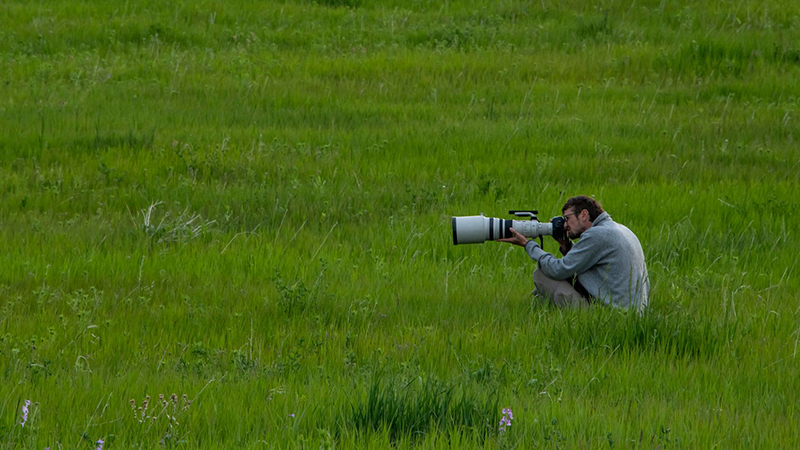Posted: 9/4/2024
Freese gains membership in international photography group
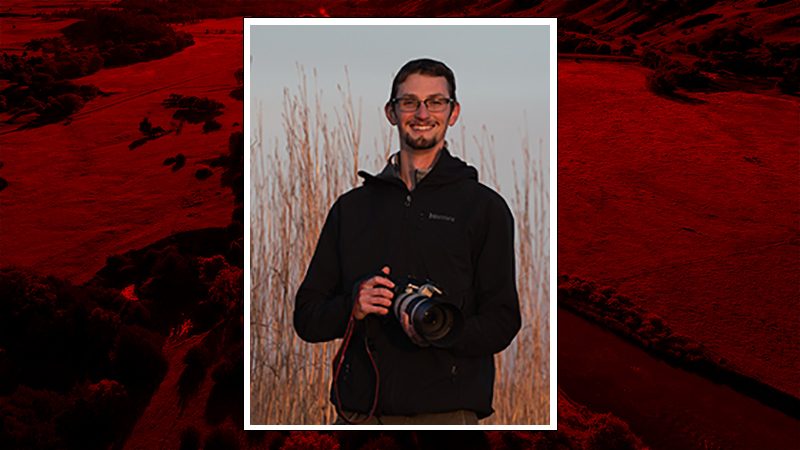
By Ronica Stromberg
Ethan Freese, a Nebraska photographer and film producer, recently gained recognition for his conservation photography through induction into the International League of Conservation Photographers. He joined five other Nebraskans already in the 160-member organization and 11 other new inductees from around the world.
Freese specializes in photographing and filming Nebraska wetlands and prairies for the Platte Basin Timelapse project, where he has worked since graduating with his master's degree from the University of Nebraska-Lincoln four years ago. Michael Forsberg, the Platte Basin Timelapse director, and Dave Showalter, a senior fellow in the International League of Conservation Photographers, recommended Freese for membership.
"His talent as a photographer and storyteller is obvious, but it's his integrity, passion and long-term commitment to prairie conservation that makes him keenly qualified," Forsberg said.
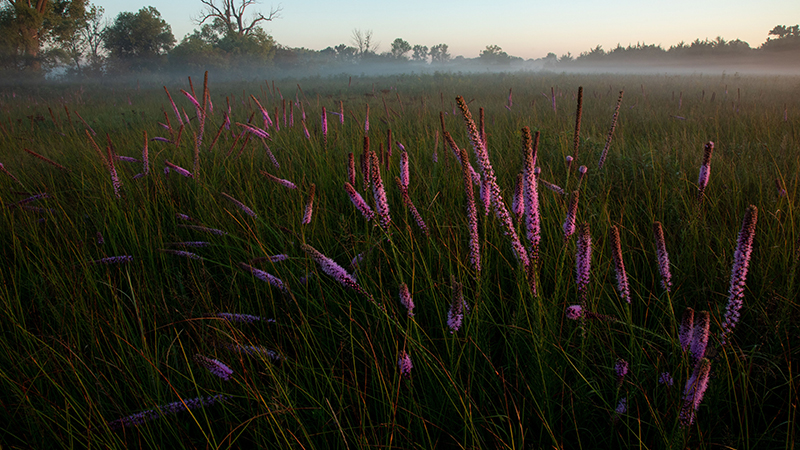
Conservation photographers differ from other photographers and science communicators, Freese said, in that they try to get people excited and invested in conservation. He said he is particularly concerned about a lack of awareness of what remains in Nebraska to conserve. The eastern third of the state he photographs most used to be tall grass prairie but has been fragmented. The Sandhills in the north central part of the state remain one of the largest intact grassland regions on the planet, covering 13 million acres. Freese said it is important to increase awareness of those areas to keep them intact and increase public support for restorations, which would improve water quality and provide wildlife habitat.
Wildlife in Nebraska he said he especially enjoys photographing are grassland sparrows that others might view as the same and look past.
"Sometimes, if you approach really slow, they will usually let you get pretty close, and you start to see the little intricate patterns that make them unique," he said. "So, I really love photographing those sparrows."
He said he also likes photographing the shorebirds and waterfowl that migrate through the state in the Central Flyway. He credits his network of photographers and undergraduate degrees in grassland ecology management and fisheries and wildlife with helping him know where and when he needs to be to photograph Nebraska plants and animals.
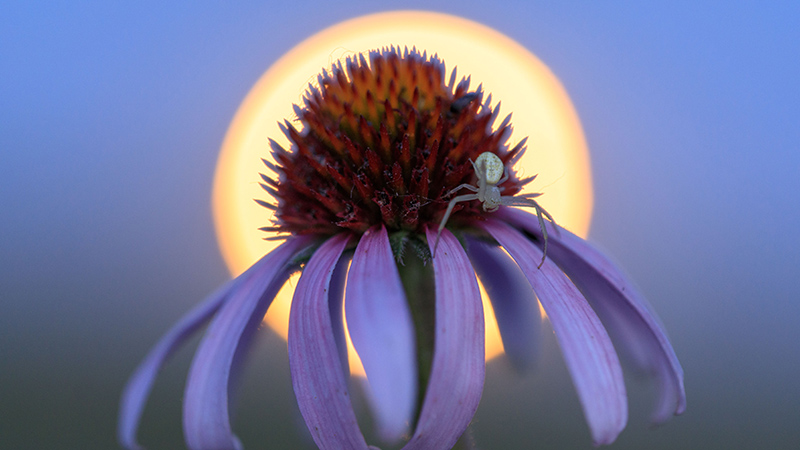
His photographs have appeared in Sierra magazine, Nebraskaland magazine and the Lincoln Journal Star.
These days, few people in the public buy prints and he said finding a photography position to support oneself can be difficult.
"I'm super, super fortunate to have kind of lucked into this position here at Platte Basin Timelapse, but yeah, it's definitely still a challenge in conservation photography to make a living," Freese said.
He had taken nature photos since high school but didn’t start seeing conservation photography as a realistic career possibility until taking an internship with Platte Basin Timelapse in college, he said. That film and photography project has more than 70 cameras filming change over time in the 90,000 square miles of the Platte River Basin. The staff incorporates storytelling in their work, which Freese has learned from.
"As photography gets easier and more accessible to people, I think it's really important to focus in on the storytelling aspect of it, and I think that can help set you apart from other people that are interested in photography," he said. "That's why I like working in prairies and wetlands in this part of the country because not a ton of people are interested. They don't draw the big crowds like the mountains and the coastline and everything, but that just gives you more opportunity to tell stories that haven't really been highlighted."
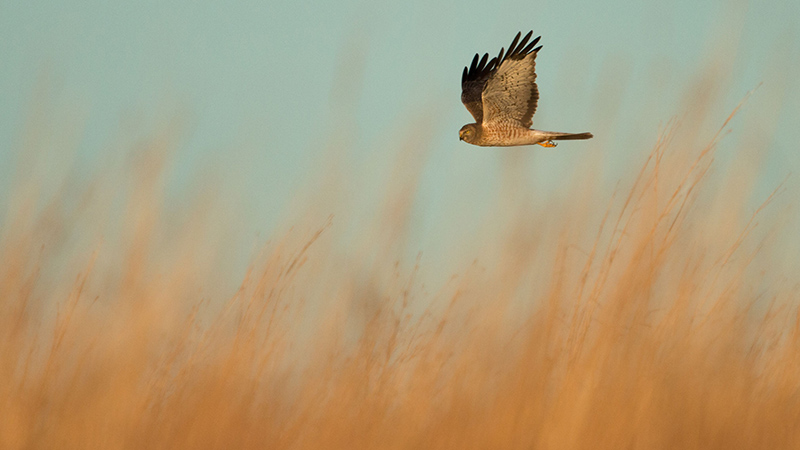
The photographers who reviewed his application to the International League of Conservation Photographers told Freese they liked his photographs but his stories could use more development. He said he is excited to learn from such mentors in the group and improve his storytelling skills.
Long term, he stated plans to continue telling stories about grasslands and wetlands and maybe expand his territory from Nebraska to the Midwest or Great Plains.
In other words, endangered tigers may never be on his radar as a conservation photographer but endangered tiger beetles may.
"You don't have to leave this area to have cool experiences with nature,” he said. “There's really interesting stuff right here in our backyards."
